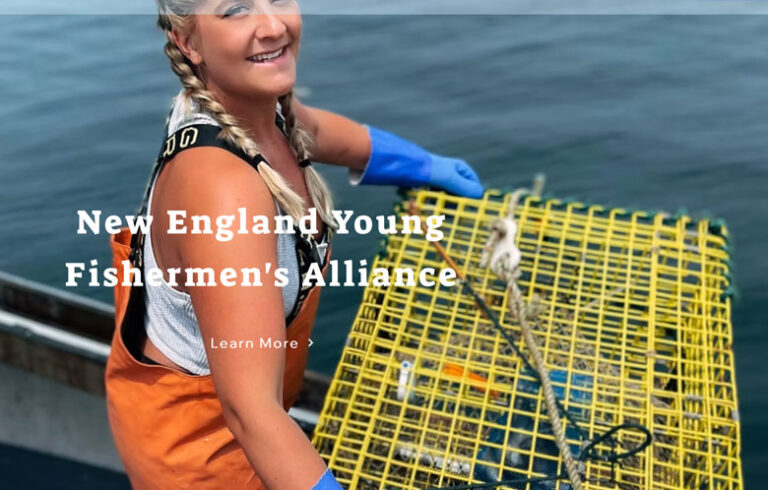I’m writing this month’s column poolside, a very unusual place for me to be. After not leaving the state for 18 months, Bill, Penrose, and I masked up, braved a transcontinental plane ride, and landed in San Diego in late June. After a few days of Mexican food, record shopping, and extended visits with Bill’s aunts and cousins, we packed up and drove with his parents to Sedona.
Sedona has become a regular vacation spot for us, with three visits under our belts before the pandemic. We obviously didn’t make the trip in 2020, but were eager to get back to it as soon as it seemed safe and reasonable, and all family members over 12 were fully vaccinated (Penrose is still masking up indoors). This year’s trip had an unforeseen wrinkle, however—the Rafael Fire.
We took for granted our right to enter these forests, with our hats and walking sticks and rugged shoes.
A week or so before our trip, my father started sending me headlines from Arizona news organizations: the Rafael Fire, started by lightning strikes, was burning tens of thousands of acres in the Prescott and Coconino National Forests. Nearby towns were under “go orders”—not an evacuation per se, but a call to readiness. A planned kayak trip on the Verde River was canceled. By the time of our arrival on the Fourth of July, both forests, and every trail in them, were closed.
It was a circumstance none of us had imagined. For us, a trip to Sedona was synonymous with nearly unfettered access to seemingly infinite trails—flat loops, stream crossings, steep ascents, riparian traverses emerging suddenly upon the remains of cliff dwellings and petroglyphs. We took for granted our right to enter these forests, with our hats and walking sticks and rugged shoes, and never considered their fragility.
The conditions creating this seemingly new fragility aren’t a mystery. Ever increasing drought, paired with dramatic storms, created the same tinder-box environment echoed all over the West Coast. The forest service’s decision to completely cut off access to the trails made sense and served to eliminate an additional risk factor—human callousness and lack of regard for our surroundings.
But we felt it as a loss, with an emotional response. Boynton Canyon: closed. Bell Rock: closed. Thompson Trail: closed. The vistas we held dear, so alien from our coastal homes, rendered inaccessible.
After a few days, we received the good news that the fire was contained, perhaps aided by the heavy rainfall of our first night in town, and the forests would be reopening, and we immediately planned a hiking itinerary. The temporary loss of access made the trails more precious, and our experience of them more urgently important.
But it also served as a reminder of the fragility of all of our beloved outdoor spaces, from Maine’s lobster fishery, to Tumbledown’s now-closed campsites, to San Diego’s sandy, wave-swept beaches. We humans can only do so much to keep them safe. So much is out of our control, and I fear watching them slip through our fingers as the changing climate drives more extreme weather events, the waters warm, and the shoreline erodes.
We have a hike planned for tomorrow morning, the first of several this week, along with excursions for antiques, cactus-themed tchotchkes, and tasty treats. Sedona is defined by its stunning views of red rocks, but they aren’t promised to us forever. Nothing wild is.
Sometimes stepping away is our best tool to lengthen the amount of time we are privileged to spend in the forests, climbing mountains, on the shore, or on the ocean, as much as it might tug at our hearts.
Courtney Naliboff is a teacher and musician who lives on North Haven.





